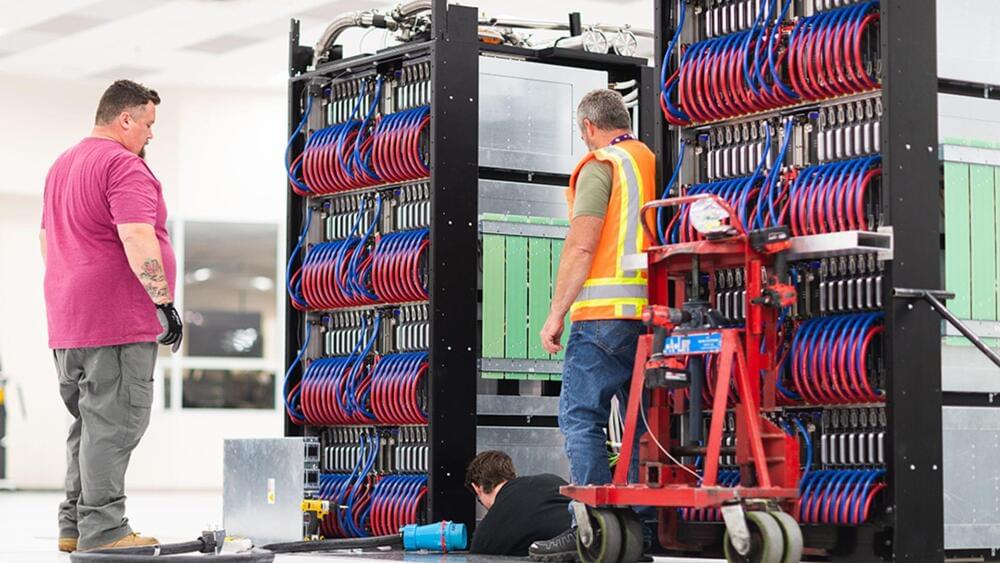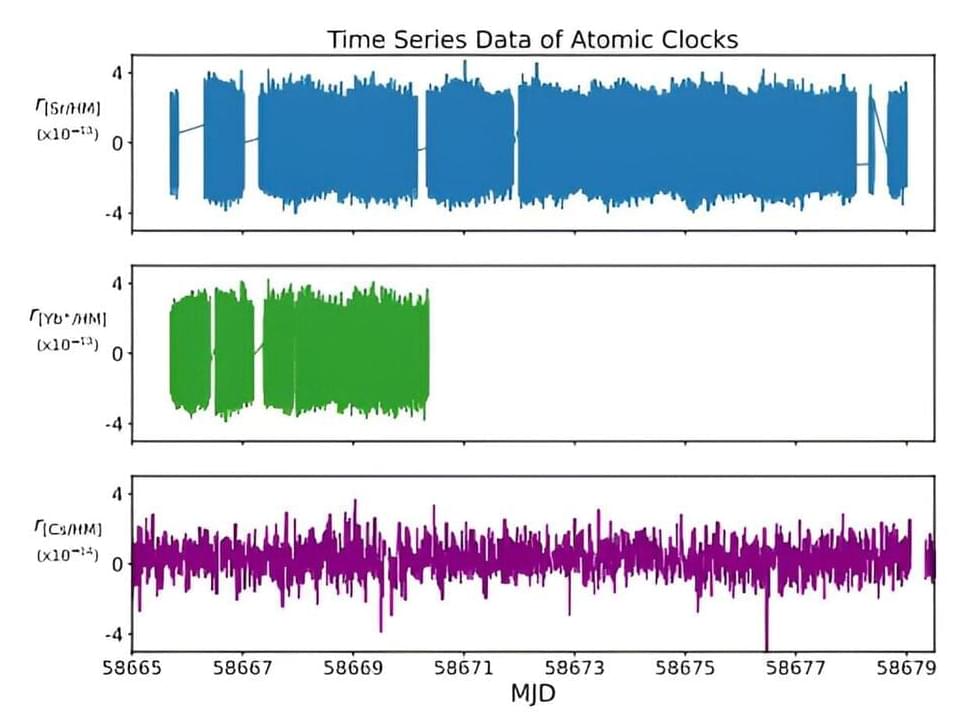It is expected to deliver performance up to eight times faster than its predecessor.
The Los Alamos National Laboratory (LANL) is in the final stages of setting up a new supercomputer dubbed Crossroads that will allow it to test the US nuclear stockpile without major tests, a press release said. The system has been supplied by Hewlett Packard and installation began in June of this year.
The Department of Energy (DoE) has been tasked with the responsibility of ensuring that the US nuclear stockpile can be relied upon if and when it needs to be used. For this purpose, the federal agency does not actually test the warheads but carries out simulations to determine the storage, maintenance, and efficacy of the weapons.







